Results
-
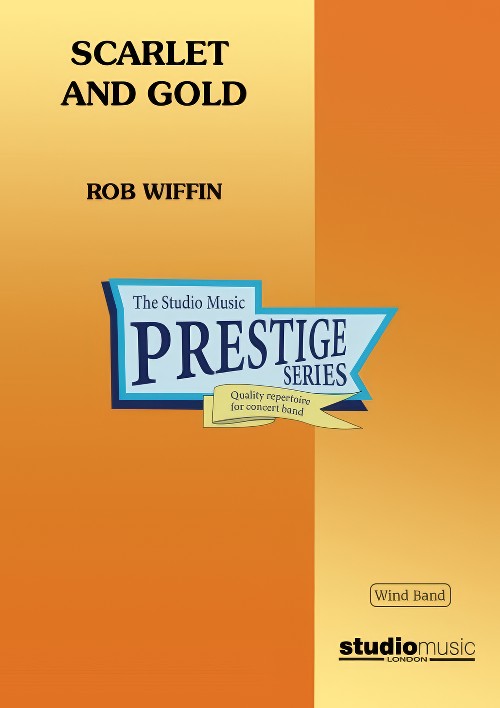 £32.95
£32.95Scarlet and Gold (Concert Band - Score only) - Wiffin, Rob
This work was commissioned to open the Scarlet and Gold Concert in 2015. The concert is given annually in London by the musicians of the Household Division (Guards) of the Army, renowned for the splendour of their uniforms. The piece is intentionally energetic, vivacious and brilliant in style, seeking to capture the sparkle of gold in the uniforms with a few strong and majestic seams of scarlet underpinning the texture. There are no specific military connotations in the music and the piece is a dynamic concert opener for any programme. In the original performance a fanfare team was added for dramatic effect but the piece is fully performable without fanfare trumpets.Duration: 5:00
Estimated dispatch 7-14 working days
-
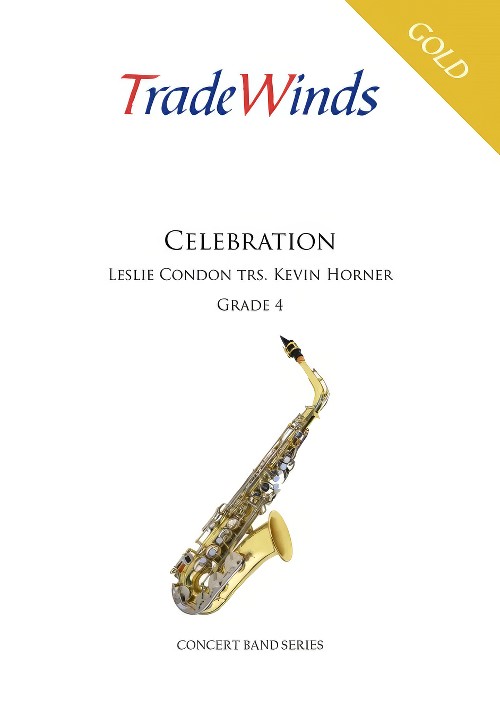 £69.95
£69.95Celebration (Concert Band - Score and Parts) - Condon, Leslie - Horner, Kevin
Leslie Condon was, for many years, a player and assistant conductor of The International Staff Band of The Salvation Army for whom he composed this very fine piece. It abounds in rhythmic motifs and a very strong and uplifting melodic line. This will provide an excellent start or conclusion to any concert. Duration: 4.30
Estimated dispatch 7-14 working days
-
 £13.95
£13.95Celebration (Concert Band - Score only) - Condon, Leslie - Horner, Kevin
Leslie Condon was, for many years, a player and assistant conductor of The International Staff Band of The Salvation Army for whom he composed this very fine piece. It abounds in rhythmic motifs and a very strong and uplifting melodic line. This will provide an excellent start or conclusion to any concert. Duration: 4.30
Estimated dispatch 7-14 working days
-
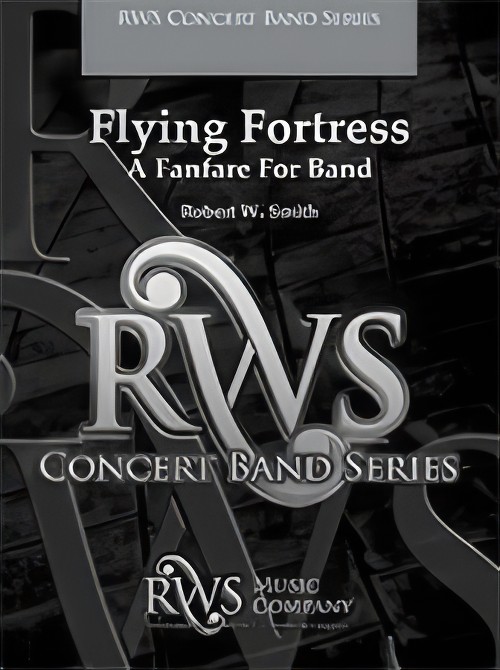 £81.20
£81.20Flying Fortress (A Fanfare for Band) (Concert Band - Score and Parts) - Smith, Robert W.
This stunning fanfare by veteran composer Robert W. Smith was inspired by the historic and legendary Boeing B-17 aircraft used by the United States Army Air Corps in World War II. Beginning with a powerful timpani statement, the brass section responds with a bold introductory theme. Strong melodic lines interacting with woodwind flourishes make this piece sound more mature and difficult than the grade level indicates. We highly recommend this majestic fanfare for any concert, festival or ceremonial performance! Duration: 2.00
Estimated dispatch 7-14 working days
-
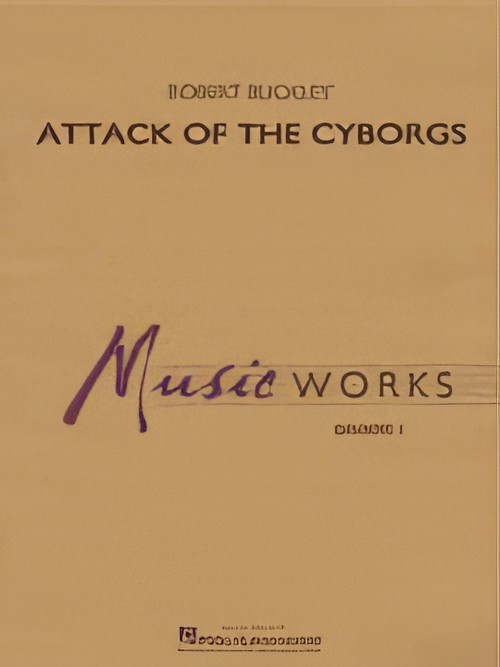 £47.50
£47.50Attack of the Cyborgs (MusicWorks Concert Band - Score and Parts) - Buckley, Robert
Half human, half machine - the cyborgs are about to invade planet Earth! Robert uses his background in composing sci-fi scores for television to create this epic cinematic composition that pits humanity against the sinister cyborg army. Skilfully scored for 2nd year players, Attack of the Cyborgs sounds more impressive and advanced than its grade level would suggest. Duration: 2:30
Estimated dispatch 7-14 working days
-
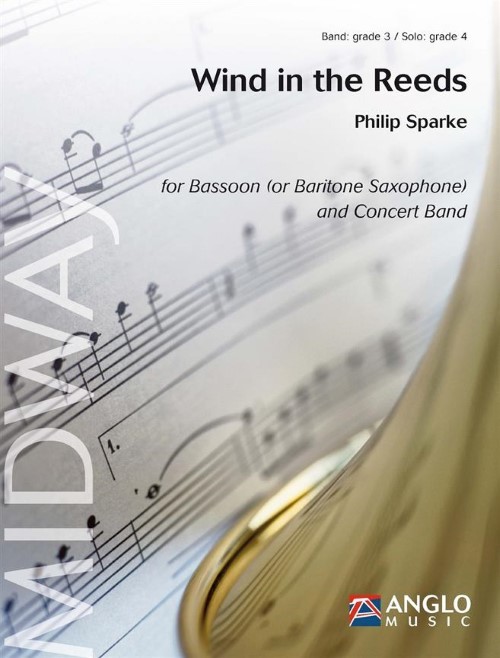 £141.99
£141.99Wind in the Reeds (Bassoon or Baritone Saxophone Solo with Concert Band - Score and Parts) - Sparke, Philip
Wind in the Reeds was commissioned by Deena Draycott in memory of John Watson, an army bandsman, teacher and bassoonist. Wind in the Reeds is both a tribute and lasting memorial to John. The piece is largely pastoral in nature, evoking images conjured up by the 'play on words' in the title, but includes a faster central section which exploits other aspects of the character of the bassoon. Transitions between the various sections of the piece are achieved through a series of accompanied cadenzas for the soloist. Duration: 6.45
Estimated dispatch 7-14 working days
-
 £76.95
£76.95At the Movies with James Horner (Concert Band - Score and Parts) - Horner, James - Williams, Justin
James Horner's film scores are fresh, unmistakable, and timelessly melodic. This collection is not so much a medley of tunes as it is a portrait of his styles and moods. Incorporating selections from The Pelican Brief (Main Title), Troy (The Greek Army and Its Defeat), and Glory (Closing Credits), the piece is a tapestry of the dramatic and emotional cinematic textures only James Horner can provide. Duration: 4.30
Estimated dispatch 7-14 working days
-
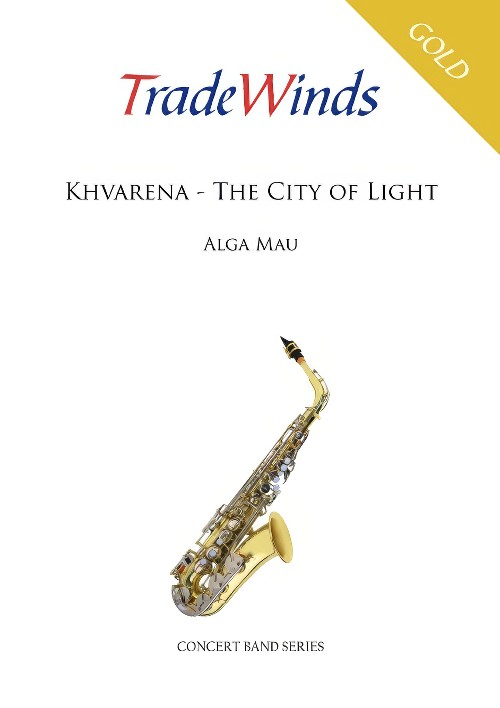 £44.95
£44.95Khvarena - The City of Light (Concert Band - Score and Parts) - Mau, Alga
Khvarenah: The city of light is Alga's second wind orchestra piece. Written in 2015 for a competition held by the Abingdon Concert Band in Oxfordshire, UK, it tries to capture the spirit of 'Khvarenah', an Avestan word for the Zoroastrian concept of 'royal glory' and 'splendour'. It opens with a quiet, steady layering of woodwind and brass, depicting an ancient desert city in the vast lands as the sun emerges from the horizon. We are then taken through the bazaars of the city as the markets are filled with joyful shouting and music and dance before entering the central courtyards, the royal army saluting their newly crowned king, heralding in a new era of glory.
Estimated dispatch 7-14 working days
-
 £8.95
£8.95Khvarena - The City of Light (Concert Band - Score Only) - Mau, Alga
Khvarenah: The city of light is Alga's second wind orchestra piece. Written in 2015 for a competition held by the Abingdon Concert Band in Oxfordshire, UK, it tries to capture the spirit of 'Khvarenah', an Avestan word for the Zoroastrian concept of 'royal glory' and 'splendour'. It opens with a quiet, steady layering of woodwind and brass, depicting an ancient desert city in the vast lands as the sun emerges from the horizon. We are then taken through the bazaars of the city as the markets are filled with joyful shouting and music and dance before entering the central courtyards, the royal army saluting their newly crowned king, heralding in a new era of glory.
Estimated dispatch 7-14 working days
-
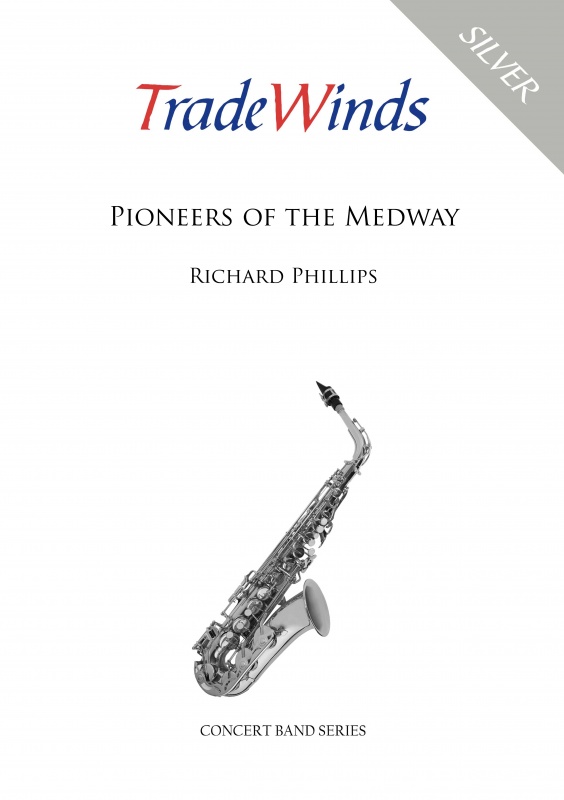 £64.95
£64.95Pioneers of the Medway (Concert Band - Score and Parts) - Phillips, Richard
The Salvation Army Band in my home town of Chatham, part of a conurbation of 5 towns in the South East of England known as the Medway Towns, celebrated their 135th anniversary in 2016 and this piece was composed as part of those celebrations. I suppose to some degree all composers and lyricists are pioneers, always striving to write something different and new. Well, there has been a number of 'creatives' who at one time or another have been members of the Chatham Corps and this piece includes songs from some of those. The opening motif is based on the 1st 3rd and 5th notes of the scale and after a short 'fanfare-like' introduction the tune of Blacklands (Ray Steadman-Allen) is heard in 4/4 time. This is followed by a song from Ray Jones, a former Bandmaster of the Corps entitled 'On resurrection day', a song for children's voices published in 1971 and for mixed voices in 2009. Rosemary Steadman-Allen's 'To know and do thy will' is at the heart of the link into 'Everywhere', a new setting of John Gowans' words by Andrew Maycock (both former members) which is proving to be very popular at the moment. Finally, an arrangement of this composer's setting of 'Praise the Lord' is used to bring this piece to its conclusion. It was first performed on October 1st 2016 by the Chatham band under the leadership of Bandmaster Ray Maycock.
Estimated dispatch 7-14 working days
